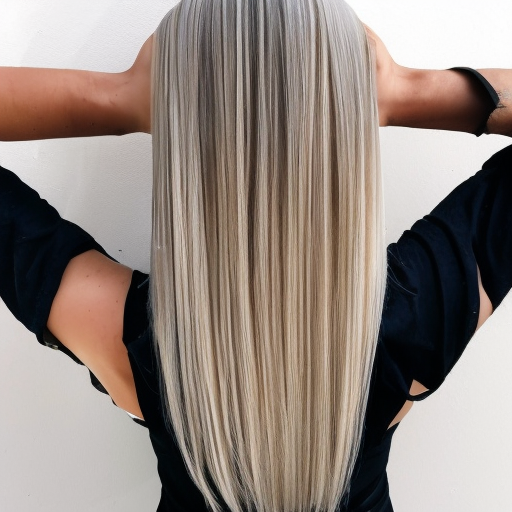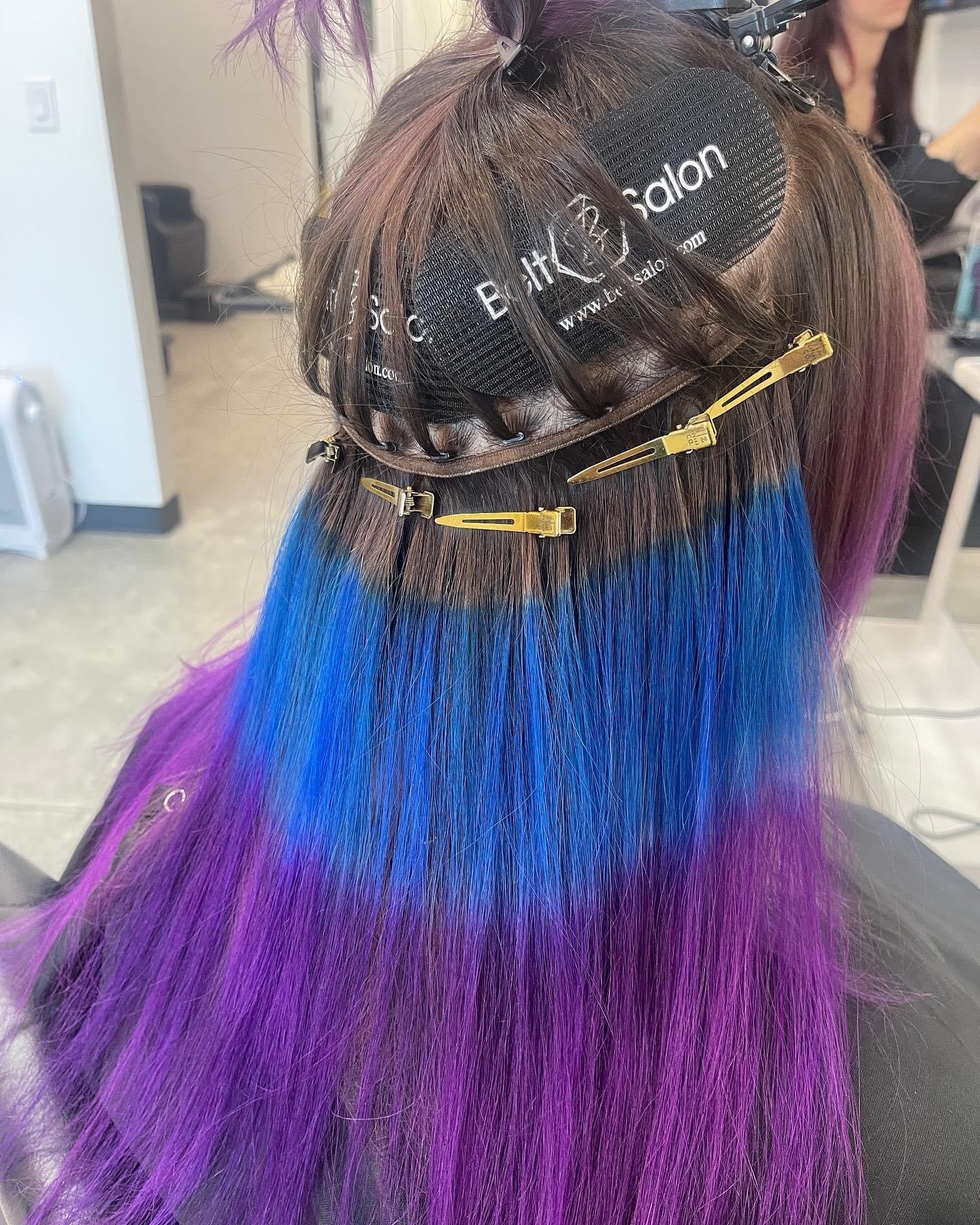What are some common installation techniques for high-quality hair extensions, and how do they differ from lower-quality extensions?
High-quality hair extensions can be installed using a variety of techniques, each with its own benefits and drawbacks. Here are some common installation techniques for high-quality hair extensions and how they differ from lower-quality extensions:
-
Clip-Ins: Clip-in extensions are the easiest and most temporary way to add volume and length to your hair. They are attached using small clips that are attached to the extensions and then clipped onto your natural hair. High-quality clip-in extensions are typically made from real human hair that matches your natural hair color and texture, while lower-quality extensions may be made from synthetic materials that are more prone to tangling and shedding.
-
Tape-Ins: Tape-in extensions are semi-permanent and can last up to 8 weeks before needing to be reinstalled. They are attached using a special tape that is placed between the extension and your natural hair. High-quality tape-in extensions are made from real human hair that is less prone to tangling and shedding than lower-quality extensions, which may be made from synthetic materials or low-quality human hair.
-
Sew-Ins: Sew-in extensions are a more permanent solution for adding volume and length to your hair. They are attached by sewing the extensions into small braids that are created in your natural hair. High-quality sew-in extensions are made from real human hair that matches your natural hair texture and color, while lower-quality extensions may be made from synthetic materials or low-quality human hair that is more prone to tangling and shedding.
-
Fusion: Fusion extensions are the most permanent solution for adding volume and length to your hair. They are attached by fusing the extensions to small sections of your natural hair using a heat tool. High-quality fusion extensions are made from real human hair that is less prone to tangling and shedding than lower-quality extensions, which may be made from synthetic materials or low-quality human hair.
Check out our guide on Understanding Hair Quality and Textures.
Overall, high-quality hair extensions offer several benefits over lower-quality extensions, including a more natural and seamless look, longer lifespan, and better overall hair health. By investing in high-quality hair extensions and using professional installation techniques, hair stylists can provide their clients with a premium and personalized service that will leave them feeling confident and beautiful.









Leave a comment